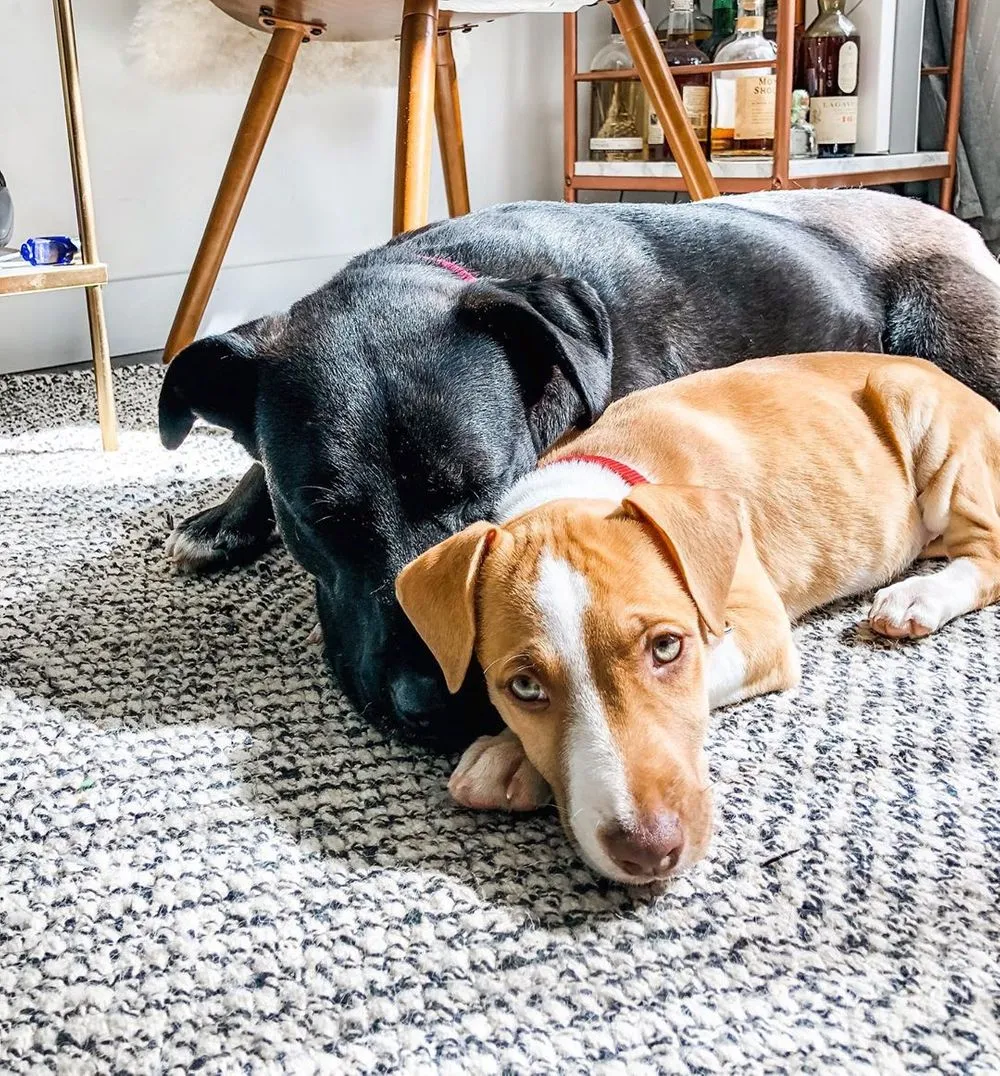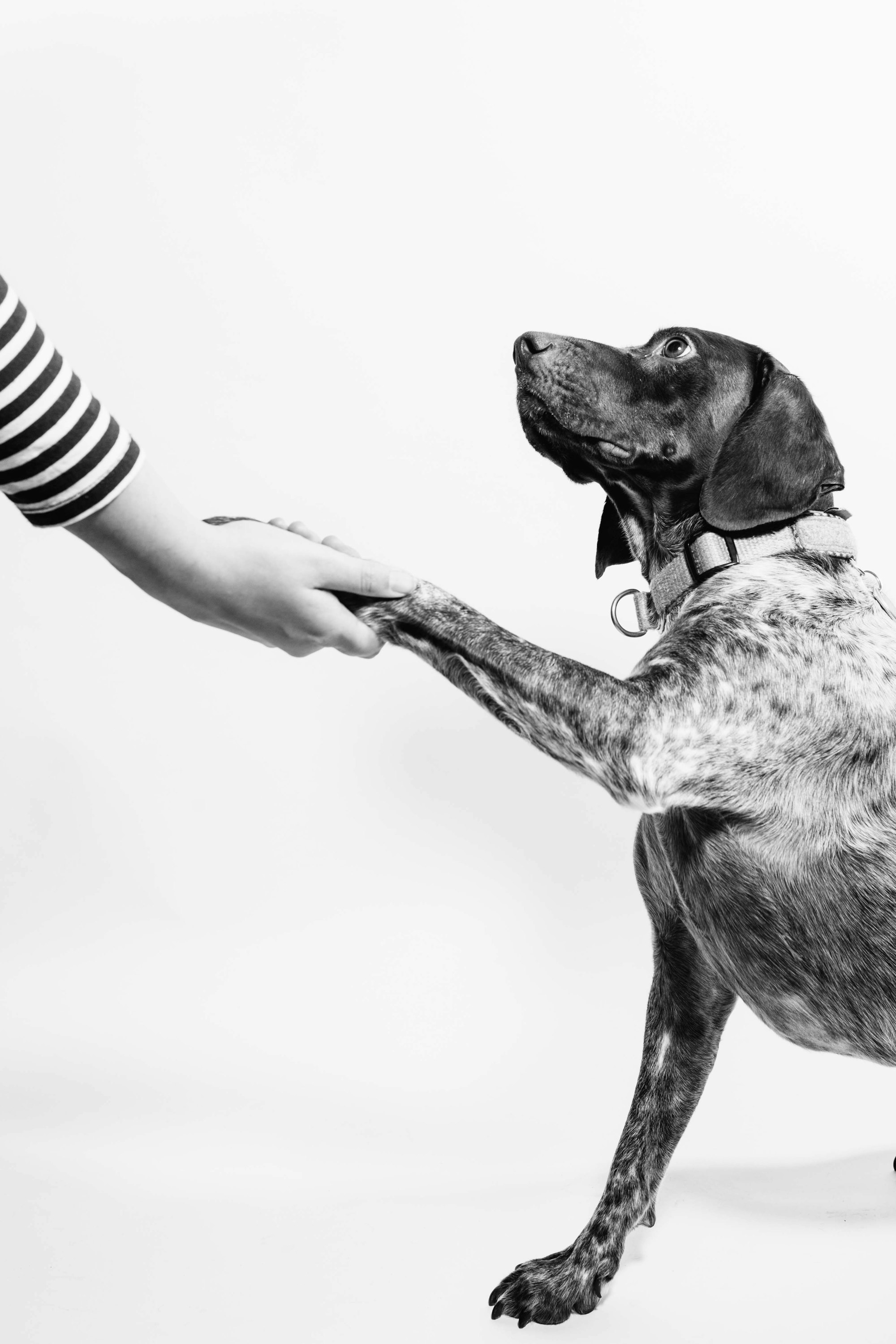After spaying surgery, it is common for dogs to wear a collar for post-operative care. The purpose of a dog collar after spay surgery is to prevent the dog from licking, biting, or scratching the incision site, which could lead to infection or complications. The duration of time that a dog should wear a collar after spay surgery depends on several factors, including the individual dog's behavior, their comfort level, and the veterinarian's recommendations.
In general, it is important to ensure that the collar is worn for a sufficient amount of time to allow the incision site to heal properly. However, it is also crucial to consider the dog's behavior and comfort, as wearing a collar for an extended period may have an impact on their behavior and well-being.
Alternative options to the traditional Elizabethan collar exist, which can provide comfort while still protecting the incision site. Regular monitoring of the incision site, along with follow-up veterinary visits, is essential for ensuring proper healing and overall health post-surgery.
What is the Purpose of a Dog Collar After Spay Surgery?
The purpose of a dog collar after spay surgery is to provide support, prevent licking or scratching, and help with identification.
- Support: A dog collar can help provide support to the surgical area and reduce the risk of complications. It helps to restrict movement and prevent the dog from exerting pressure or pulling on the incision site.
- Prevent licking or scratching: After spay surgery, dogs may have a strong urge to lick or scratch the incision area, which can lead to infection or reopening of the wound. A collar can prevent the dog from accessing the area and promote proper healing.
- Identification: Keeping a collar on your dog after spay surgery can help easily identify that the dog has undergone the procedure. This can be important when interacting with other dogs or when the dog is under the care of someone else.

How Long Should a Dog Wear a Collar After Spay Surgery?
After a spay surgery, every dog owner wonders how long their beloved pet should wear a collar. Well, in this section, we will dive into the factors that influence the duration of collar wear for dogs after spay surgery. From practical considerations to veterinary recommendations, we'll uncover the essential insights that will help you make the best decision for your furry friend. So, let's explore the necessary information to ensure a comfortable and safe recovery for your dog!
Factors Affecting the Duration of Collar Wear
The duration for which a dog should wear a collar after spay surgery can vary depending on several factors. Considerations that affect the duration of collar wear include the healing progress of the incision site, the individual behavior of the dog, and the veterinarian's recommendation. |
|
The healing progress of the incision site: |
The primary factor influencing the duration of collar wear is the healing progress of the incision site. It is crucial to keep the incision clean and prevent the dog from licking or biting at it, which can lead to infections and delayed healing. If the incision is healing well and there are no signs of irritation or redness, the need for collar wear may be reduced. |
The individual behavior of the dog: |
The behavior of the dog plays a significant role in determining the duration of collar wear. Some dogs may be more prone to licking or biting at the incision site, requiring a longer period of collar wear for protection. On the other hand, dogs that show minimal interest in the incision site and have good self-control may be able to have the collar removed earlier. |
The veterinarian's recommendation: |
The veterinarian's professional opinion is vital in determining the duration of collar wear. They will assess the specific circumstances of the dog's surgery, consider the individual dog's needs, and provide guidance on how long the collar should be worn for optimal healing. Following the veterinarian's recommendation ensures the dog's well-being and promotes a successful recovery. |
Fact: Proper collar wear after spay surgery can significantly reduce the risk of complications and promote faster healing.

Canine Behavior and Comfort Considerations
When considering canine behavior and comfort, there are several important factors to keep in mind:
- Dog's natural instincts: Canine behavior is influenced by their natural instincts. Dogs are pack animals and thrive on social interaction. It is important to understand and cater to their need for companionship and socialization.
- Comfortable living environment: Providing a comfortable living environment is crucial for a dog's well-being. This includes providing a soft and cozy bed, ensuring proper ventilation and lighting in their living space, and maintaining a clean and healthy environment.
- Appropriate exercise and mental stimulation: Dogs require regular exercise to maintain their physical health and mental well-being. Engaging in activities like daily walks, playtime, and puzzle toys can help prevent behavioral issues and promote a balanced and contented dog.
- Positive reinforcement training: Positive reinforcement training techniques can be highly effective in shaping a dog's behavior. Reward-based training methods, such as using treats and praise, can help cultivate desired behaviors while minimizing stress and anxiety.
- Understanding stress signals: Dogs have their own unique ways of communicating their stress or discomfort. It is crucial for dog owners to learn and recognize these signals, such as excessive panting, pacing, or avoidance behaviors, and take appropriate measures to alleviate the source of stress.
- Provide safe and secure containment: Dogs should have a safe and secure space to retreat to when they need some alone time. This could be a crate, a designated room, or a comfortable den-like area where they feel secure and relaxed.
By considering these canine behavior and comfort considerations, dog owners can foster a positive and harmonious relationship with their furry friends, promoting overall well-being and happiness.
Canine Behavior and Comfort Considerations
How Does the Collar Affect a Dog's Behavior?
The collar worn by a dog after spay surgery has a significant impact on the dog's behavior. It restricts movement by preventing the dog from reaching the surgical site, which is essential for preventing licking, scratching, or biting that could lead to infection or reopening of the incision. Additionally, it may cause discomfort, as dogs may find wearing the collar uncomfortable or irritating, leading to increased restlessness or agitation.
Moreover, the collar affects eating and drinking habits as it may make it difficult for the dog to reach its food and water bowls, causing frustration and potentially affecting appetite and hydration. Furthermore, it alters visual perception, as the size and shape of the collar can obstruct a dog's vision and ability to perceive its surroundings accurately. This can lead to disorientation, anxiety, or difficulty navigating in familiar environments.
Additionally, the collar impacts social interactions since dogs rely heavily on body language and facial expressions to communicate. Wearing a collar can disrupt these cues and make it challenging to interact with other dogs or humans. Moreover, it may affect sleep and rest as the collar may inhibit the dog's ability to lie down comfortably, potentially leading to disrupted sleep patterns or discomfort during rest.
It's important to monitor how the collar affects the dog's behavior and well-being. If significant behavioral changes, distress, or lack of improvement are observed, consulting with a veterinarian is recommended to explore alternative solutions or address any underlying issues. The key is to ensure that the dog's recovery is not compromised while minimizing any negative impact on its behavior and overall quality of life.
What Measures Can Be Taken to Ensure Comfort?
When it comes to ensuring comfort for dogs after spay surgery, there are several measures that can be taken. What measures can be taken to ensure comfort?
- Choose the Right Size: It's important to select a collar that fits your dog properly. A collar that is too tight can cause discomfort and irritation, while a collar that is too loose may not effectively prevent your dog from licking or biting the surgical site.
- Use Soft Materials: Opt for collars made of soft materials, such as padded fabric or inflatable designs. These materials are gentler on the skin and more comfortable for your dog to wear.
- Provide Padding: If the collar has hard edges or seams, adding padding can further enhance your dog's comfort. You can use foam or fabric to create a cushioned layer around the collar.
- Supplement with Anxiety Relief: Some dogs may experience anxiety or restlessness after surgery. Using calming aids, such as natural supplements or pheromone sprays, can help promote relaxation and comfort.
- Monitor for Discomfort: Keep a close eye on your dog's behavior while they are wearing the collar. If you notice signs of discomfort, such as excessive scratching, rubbing, or distress, consider adjusting the fit or consulting with your veterinarian for alternative options.
Implementing these measures can help ensure that your dog remains comfortable during their recovery period after spay surgery. Remember to consult with your veterinarian for specific guidelines and recommendations based on your dog's individual needs and condition.
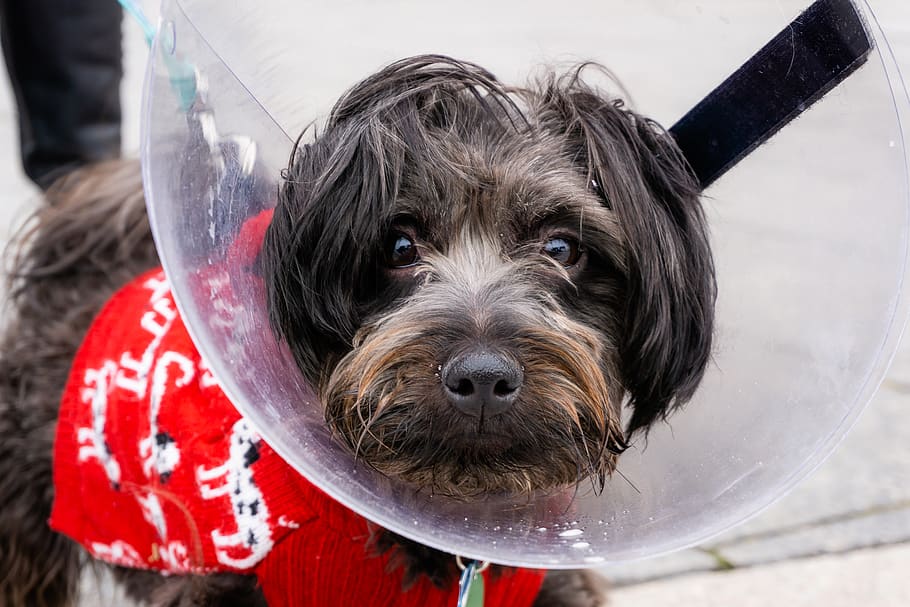
Alternative Options to the Elizabethan Collar
When it comes to finding alternative options to the Elizabethan collar for your dog, there are several possibilities to consider:
- Recovery Suits: These bodysuits provide full coverage for your dog's body, protecting the surgical site and preventing them from licking or scratching it. They come in different sizes and styles to ensure a proper fit.
- Inflatable Collars: These collars are designed to inflate and create a barrier around your dog's neck. They are more comfortable for your dog to wear compared to traditional Elizabethan collars and still prevent them from accessing the surgical area.
- Soft E-Collars: These collars are made from soft, flexible materials that allow your dog to move around more comfortably while still providing protection to the surgical site. They are an excellent alternative for dogs who find traditional Elizabethan collars distressing.
- Neck Braces: Neck braces can be used in certain cases when the surgical area is lower on the body. They restrict movement in the neck area, preventing your dog from reaching the surgical site.
- Absorbent Pads: In some cases, absorbent pads can be used to cover the surgical area. These pads provide a barrier and absorb any discharge or fluids that may come from the wound, keeping it clean and protected.
- Bite-Not Collars: Bite-Not collars are another alternative that prevents your dog from reaching the surgical site. These collars are made from a rigid plastic material that forms a barrier around your dog's neck.
It is important to consult with your veterinarian before using any alternative options to the Elizabethan collar. They will be able to provide guidance on which option is best suited for your dog's specific needs and surgery.
Are There Alternatives to the Traditional Cone?
The Table below showcases alternatives to the traditional cone for dogs after spay surgery:
| Are There Alternatives to the Traditional Cone? | Description | Benefits |
| Recovery Suit | A full-body covering that resembles an onesie. It covers the incision site and prevents the dog from licking or biting at it. | Allows for more freedom of movement, reduces stress and anxiety, and offers protection to the incision site. |
| Neck Pillow Collar | A collar made of soft, inflatable materials that is worn around the neck. It provides comfort and prevents the dog from reaching the incision site. | Offers a more comfortable alternative to the traditional cone, reduces the likelihood of scratching or biting at the incision site. |
| Soft Cone Collar | A collar made of flexible, fabric-like materials. It is cone-shaped and rotates with the dog's movements. | Allows for better visibility, avoids limitations in peripheral vision, and reduces the discomfort associated with rigid cones. |
These alternatives to the traditional cone provide various benefits for dogs after spay surgery. They allow for more freedom of movement, reduce stress and anxiety, protect the incision site from licking or biting, and offer greater comfort compared to rigid cones. It is important to choose the alternative collar based on the dog's individual needs and behavior. Always follow the veterinarian's recommendations and guidance to ensure proper care during the recovery period.
Fact: Studies have shown that the use of alternative collars can significantly improve a dog's post-spay surgery experience, increasing their overall comfort and reducing potential complications from excessive licking or scratching.
When and How to Use Alternative Collars
When deciding when and how to use alternative collars for post-spay care, there are a few factors to consider. Here is a comprehensive list to guide you:
- Assessing the dog's behavior and comfort: Observe how the dog reacts to wearing a traditional cone. If the dog seems stressed or uncomfortable, it may be worth considering alternative options.
- Consulting with a veterinarian: Always consult with a veterinarian before choosing an alternative collar. They can provide guidance based on the dog's specific needs and recovery process.
- Choosing the right alternative collar: There are various alternative collars available, such as inflatable donut-shaped collars, soft fabric collars, or neck brace-style collars. Consider the dog's size, breed, and activity level when selecting the most suitable option.
- Fitting the collar properly: Ensure that the alternative collar fits securely around the dog's neck without restricting breathing or causing discomfort. Follow the manufacturer's instructions or consult with a veterinarian to ensure proper fitting.
- Supervising the dog: When using alternative collars, it's important to closely monitor the dog to ensure they do not accidentally lick or scratch the incision site.
- Using the collar as directed: Follow the specific instructions provided by the veterinarian or collar manufacturer. This may include adjusting the collar's tightness or removing it temporarily for supervised breaks.
By considering these factors and following expert guidance, you can effectively use alternative collars to provide comfort and prevent the dog from interfering with the incision site during post-spay recovery.
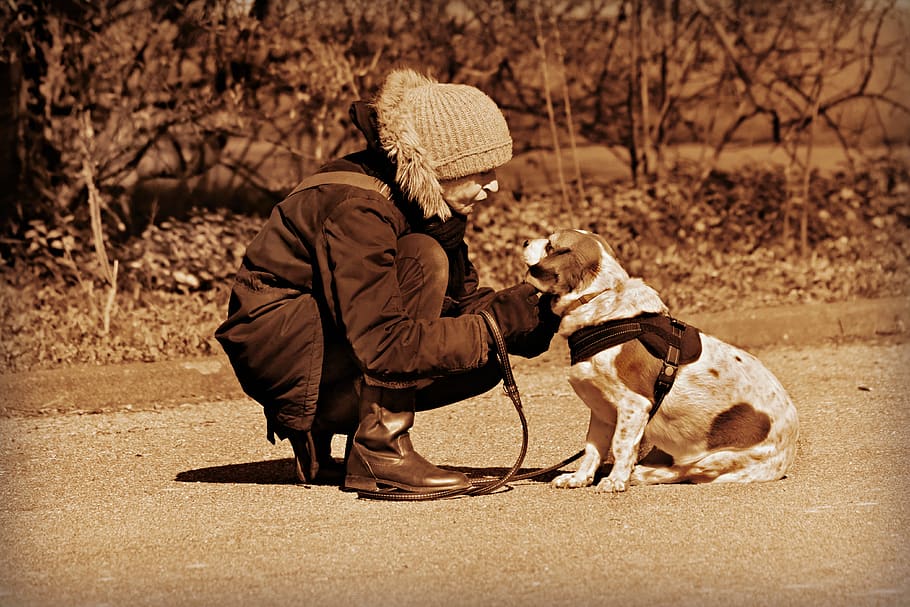
Monitoring and Caring for the Incision Site
Monitoring and caring for the incision site after a dog's spay surgery is crucial to ensure proper healing and prevent complications.
- Inspect the incision daily: Regularly check the incision site for any signs of redness, swelling, discharge, or excessive heat. These could indicate infection or other issues.
- Keep the area clean: Clean the incision site as instructed by your veterinarian using a mild antiseptic solution or saline. Avoid using any harsh chemicals or rubbing alcohol, as they can irritate the wound.
- Prevent licking and biting: It is important to prevent your dog from licking or biting at the incision site, as this can introduce bacteria and delay the healing process. Use an Elizabethan collar or an alternative like a recovery suit to restrict access to the area.
- Monitor for signs of discomfort: Watch for any signs of discomfort, such as excessive scratching, chewing, or whining. These could indicate pain or irritation at the incision site.
- Administer prescribed medication: If your veterinarian has prescribed any medications, such as pain relievers or antibiotics, ensure they are administered as directed. Follow the recommended dosage and complete the full course of medication.
- Follow activity restrictions: Limit your dog's physical activity, especially jumping, running, and rough play, as it can strain the incision site and delay healing. Follow your veterinarian's instructions regarding exercise restrictions.
- Contact your veterinarian if concerns arise: If you notice any concerning changes in the incision site or your dog's behavior, contact your veterinarian immediately for guidance and further evaluation.
Close monitoring and proper care of the incision site are essential for ensuring a successful recovery after a dog's spay surgery.
Ensuring proper monitoring and care for the incision site after a dog's spay surgery is of utmost importance to promote appropriate healing and prevent complications.
- Regularly inspect the incision site: Conduct a daily examination of the incision site to identify any signs of redness, swelling, discharge, or excessive heat. These indicators could signify the presence of infection or other related issues.
- Maintain cleanliness in the area: Adhere to your veterinarian's instructions for cleansing the incision site using a mild antiseptic solution or saline. Avoid using harsh chemicals or rubbing alcohol, as they can irritate the wound.
- Prevent licking and biting: It is imperative to prevent your dog from licking or biting the incision site, as this may introduce bacteria and impede the healing process. Employ an Elizabethan collar or consider alternative options like a recovery suit to restrict access to the area.
- Monitor for discomfort: Be vigilant for signs of discomfort, such as excessive scratching, chewing, or whining. These manifestations could indicate pain or irritation at the incision site.
- Administer prescribed medication: If your veterinarian has prescribed medications like pain relievers or antibiotics, ensure their proper administration in accordance with the provided instructions. Adhere to the recommended dosage and complete the full course of medication.
- Adhere to activity restrictions: Restrict your dog's physical activities, particularly jumping, running, and rough play, as they can strain the incision site and impede the healing process. Comply with your veterinarian's advice regarding restrictions on exercise.
- Contact your veterinarian if concerns arise: If you observe any concerning changes in the incision site or your dog's behavior, promptly contact your veterinarian for guidance and further evaluation.
Close monitoring and appropriate care of the incision site are fundamental in ensuring a successful recovery following a dog's spay surgery.
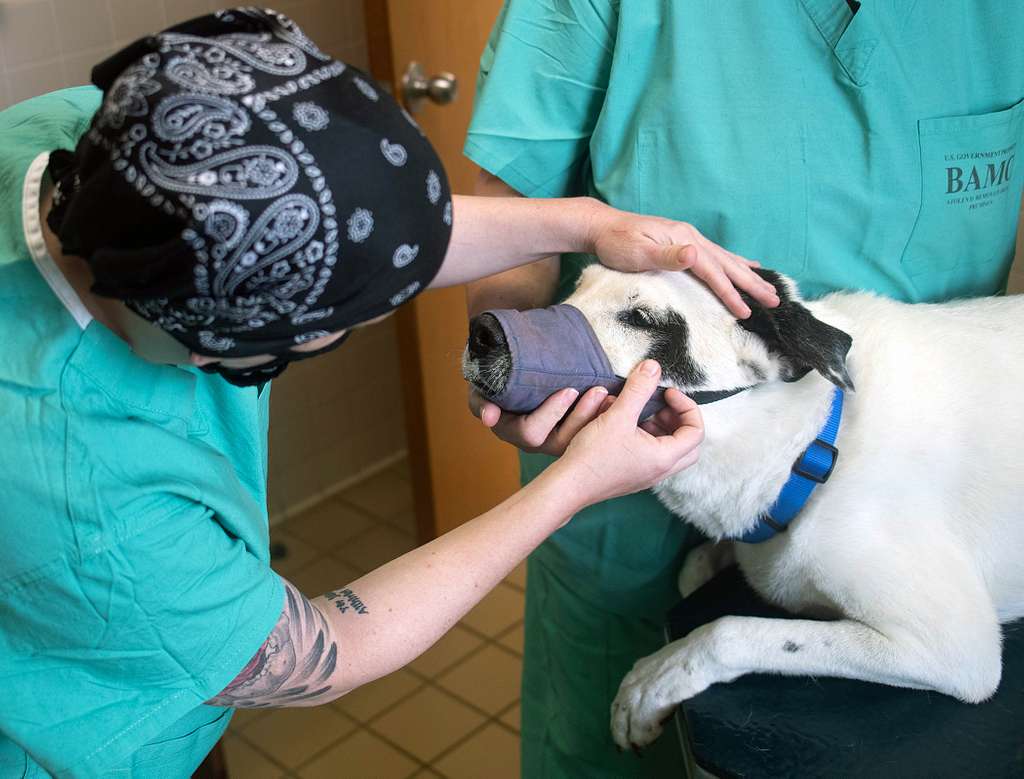
Importance of Follow-Up Veterinary Visits
The significance of follow-up veterinary visits cannot be understated when it comes to maintaining the health and well-being of our beloved pets. It is crucial to have regular check-ups with a veterinarian to ensure that any potential health issues are promptly and effectively addressed.
One considerable aspect that highlights the importance of follow-up veterinary visits is the emphasis on preventive care. During these follow-up visits, the veterinarian can administer the necessary vaccinations to safeguard our pets from a range of diseases. Vaccinations play a vital role in preventing illnesses that can prove harmful or even fatal to our furry friends. Furthermore, these visits allow the veterinarian to evaluate the overall health of the pet and identify any potential health risks at an early stage.
Another integral aspect of follow-up veterinary visits is the identification and treatment of underlying health conditions. Through regular examinations, veterinarians can detect early signs of ailments such as diabetes, kidney problems, or dental issues. The early detection of these conditions significantly increases the likelihood of successful treatment and recovery.
Follow-up veterinary visits also provide an opportunity for pet owners to seek professional advice and guidance regarding their pet's nutrition, exercise routines, and overall well-being. Veterinarians can offer personalized recommendations that are tailored to the specific needs of each individual pet.
To ensure the well-being and longevity of our pets, follow-up veterinary visits are crucial. These visits contribute to preventive care, and early detection of health issues, and offer expert guidance for optimal pet care. By prioritizing regular check-ups, we can guarantee that our furry companions lead healthy and joyful lives.
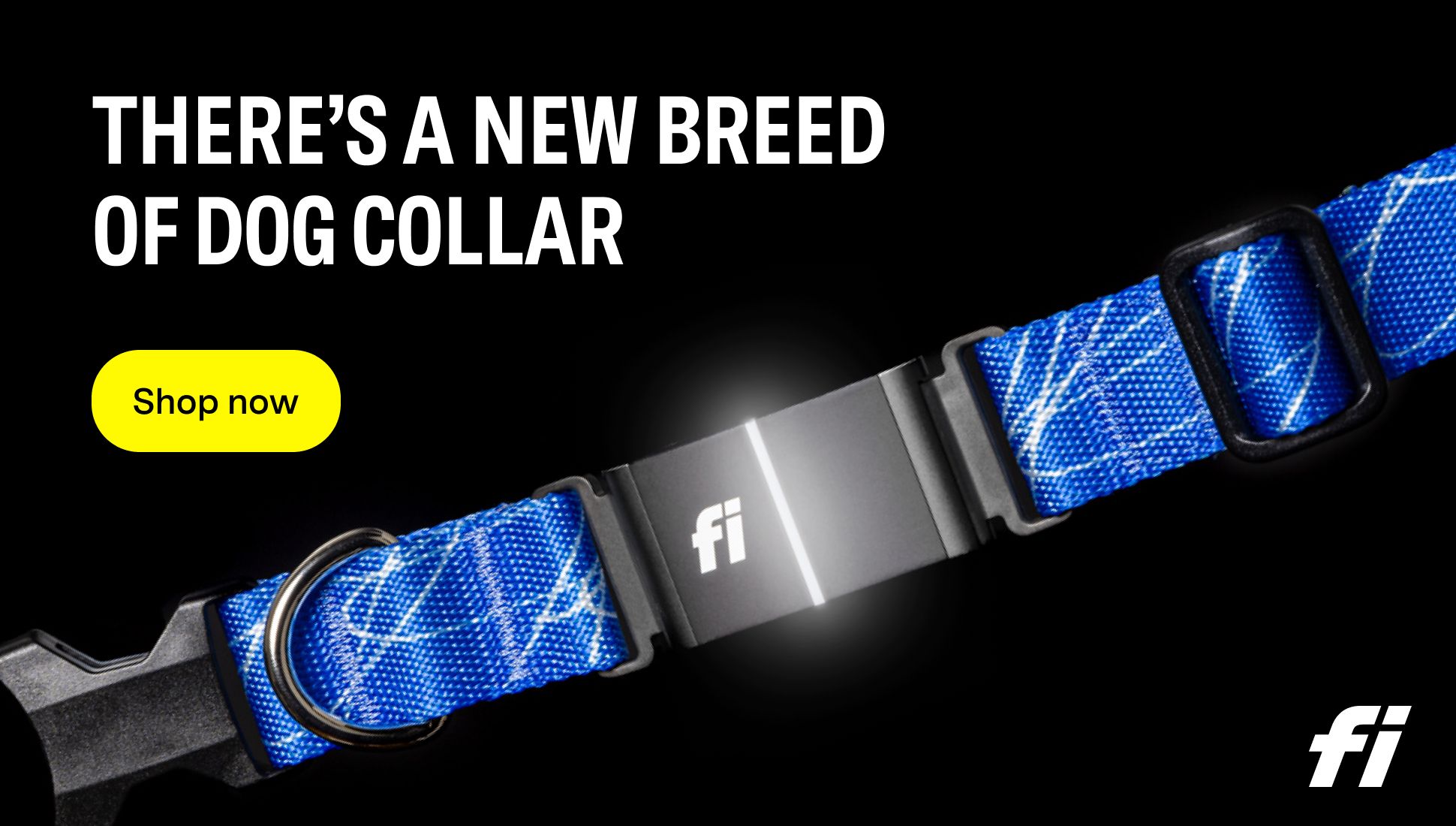
Frequently Asked Questions
- How long should a dog wear a cone after spay/neuter surgery?
According to veterinarians, it is recommended to keep the cone on until the dog is fully healed or the sutures are removed, which is typically around 10-14 days. This helps prevent them from biting, licking, or scratching at the incision and promotes a stress-free healing process.
- What is the purpose of using a healing cone on a spayed/neutered dog?
The healing cone serves as a protective barrier between the dog's head and mouth, preventing them from hurting themselves by biting, licking, or scratching the incision. It restricts their activities such as running, jumping, bathing, and being left unattended in the backyard, ensuring a smooth recovery.
- Are there alternatives to using a healing cone after spay/neuter surgery?
While some owners remove the cone early or never use one at all, it is generally recommended to follow the vet's advice and keep the cone on for the recommended duration. However, there are lightweight healing cone options available, such as the MillionDogs healing cone, which provide comfort and prevent irritation of sensitive areas during the healing process.
- What are the signs that indicate a spay/neuter incision is fully healed?
A fully healed incision will show the absence of redness, swelling, tenderness, inflammation, or discharge. It is important to check the incision twice a day and consult the vet immediately if there are any signs of inflammation or other concerning symptoms.
- Can I take off the cone before the recommended time period?
While some owners may choose to remove the cone before the recommended time period, it is important to understand that doing so may increase the risk of the dog disrupting the healing process by biting, licking, or scratching the incision. It is advised to keep the cone on until the dog is fully healed or the sutures are removed to ensure a successful recovery.
- My dog's cone fell off and has cracks, what should I do?
If your dog's cone has fallen off and has cracks, it is important to address the issue promptly. You can temporarily fix the cracks with duct tape, but it is recommended to replace the cone with a new one as soon as possible. A damaged cone may not provide the necessary protection and can compromise the healing process.
